1 - Basic SEO Terms
- SEO (Search Engine Optimization): The process of improving a website’s visibility and ranking on search engine results pages (SERPs).
- SERP (Search Engine Results Page): The list of web pages displayed by search engines in response to a user’s search query.
- Organic Search: Unpaid search results that appear on SERPs based on their relevance to the user’s query.
- Keyword: A word or phrase used by users to search for information online.
- Long-Tail Keyword: A more specific, longer keyword phrase that is less competitive and targets a niche audience.
- On-Page SEO: Optimization techniques applied to individual web pages to improve their search engine rankings (e.g., keyword placement, meta tags, content quality).
- Off-Page SEO: Optimization techniques that focus on external factors, such as backlinks and social media, to improve a website’s search engine rankings.
2 - Keyword Research and Selection
- Keyword Research: The process of finding and analyzing the most relevant keywords for your website and target audience.
- Keyword Difficulty: A metric that estimates how difficult it is to rank for a specific keyword based on competition.
- Search Volume: The number of times a keyword or phrase is searched for within a specific time frame.
- Keyword Intent: The user’s goal or reason for searching a particular keyword (e.g., informational, navigational, transactional).
3 - Content Optimization
- Title Tag: The HTML element that defines the title of a web page, displayed on SERPs and browser tabs.
- Meta Description: A brief summary of a web page’s content, displayed on SERPs and used by search engines to understand the page’s purpose.
- Heading Tags (H1, H2, H3, etc.): HTML tags used to structure content and create a hierarchy on a web page.
- Alt Text: A text description added to images to improve accessibility and provide context for search engines.
- Internal Links: Links that point to other pages within the same website, helping users navigate and search engines understand the site’s structure.
- External Links: Links that point to web pages on other websites, which can help establish credibility and authority in the eyes of search engines.
4 - Technical SEO
- Indexing: The process by which search engines store and organize web pages in their database, making them accessible for users.
- Crawling: The process by which search engines discover new and updated web pages to add to their index.
- Robots.txt: A text file that instructs search engine crawlers which pages or sections of a website should not be indexed.
- Sitemap: A file that lists all the web pages on a website, helping search engines understand the site’s structure and discover new content.
- Canonical Tag: An HTML tag that indicates the preferred version of a web page when multiple pages have similar content, preventing duplicate content issues.
- 301 Redirect: A permanent redirect that automatically sends users and search engines from one URL to another, preserving link equity and SEO value.
5 - Link Building and Off-Page SEO
- Backlink: An incoming link from another website, which can improve a site’s authority and search engine rankings.
- Anchor Text: The clickable text in a hyperlink, often used by search engines to understand the content of the linked page.
- Domain Authority (DA): A metric developed by Moz that predicts a website’s ability to rank on search engine results pages based on the quality and quantity of its backlinks. 4. Page Authority (PA): A metric developed by Moz that predicts the ability of an individual web page to rank on search engine results pages based on the quality and quantity of its backlinks.
- Link Equity (also known as Link Juice): The value and authority that a backlink passes from one web page to another, impacting the recipient page’s ranking potential.
- NoFollow Link: A link attribute that tells search engines not to pass link equity to the linked page, typically used for user-generated content or paid links.
6 - Local SEO
- Local SEO: The process of optimizing a website to rank for location-based search queries, targeting users within a specific geographic area.
- NAP (Name, Address, Phone Number): A consistent and accurate representation of a business’s contact information, critical for local SEO.
- Local Citations: Online mentions of a business’s NAP on directories, social media platforms, and other websites, impacting local search rankings.
- Google My Business: A free tool that allows businesses to manage their online presence on Google, including search results and Google Maps.
7 - Analytics and Performance Metrics
- Google Analytics: A free web analytics tool that tracks and reports website traffic, helping business owners understand user behavior and optimize their website.
- Bounce Rate: The percentage of visitors who leave a website after viewing only one page, often used as a measure of user engagement.
- Click-Through Rate (CTR): The ratio of clicks to impressions for a specific element, such as an organic search result, ad, or email.
- Conversion Rate: The percentage of visitors who complete a desired action (e.g., making a purchase, signing up for a newsletter) on a website.
- Impressions: The number of times a specific element, such as an organic search result or ad, is displayed to users.
Conclusion
With this comprehensive guide to SEO terms, you should now have a better understanding of the language and concepts used by SEO experts. By familiarizing yourself with these terms and applying them to your website’s optimization strategy, you can improve your online presence and achieve higher search engine rankings.



